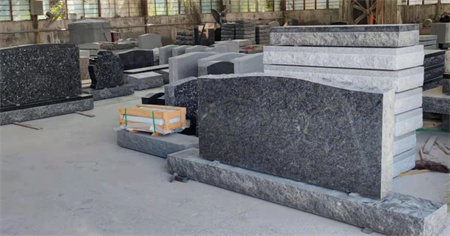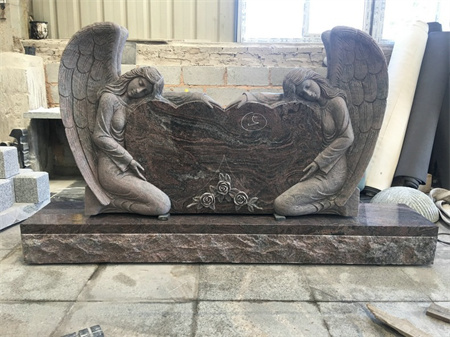Hidden Costs of Granite Monument Imports Revealed
Hidden Costs of Granite Monument Imports Revealed

Granite monuments have long been a symbol of timeless elegance, strength, and durability. For centuries, they have been used to commemorate loved ones, celebrate milestones, and serve as a lasting testament to a person’s legacy. However, while granite may seem like the ideal material for these monuments, many fail to consider the hidden costs associated with importing granite from other countries. These costs can significantly impact the final price of a monument, often leading to surprising expenses for both the consumer and the supplier.

One of the biggest hidden costs stems from the transportation of granite. Sourcing granite from quarries abroad, particularly from countries like India, China, or Brazil, comes with hefty shipping fees. Granite is incredibly dense and heavy, meaning that the cost of transporting large quantities across oceans can add up quickly. This is especially true when the granite needs to be shipped in containers, which are often limited in capacity. The shipping charges not only increase the overall cost of the monument but also contribute to the environmental impact of its production.
In addition to transportation fees, there are significant customs and import duties that can catch buyers off guard. Many countries impose high tariffs on foreign granite to protect local industries. These duties can add a considerable percentage to the base cost of the granite, increasing the overall price for consumers. For those purchasing monuments or memorials from international suppliers, these extra charges are often passed along without any transparency, making it difficult for buyers to anticipate the final cost.
Another often-overlooked cost is the processing and handling fees once the granite arrives at its destination. Imported granite requires additional handling, including inspection, cutting, polishing, and potentially repair work. While these procedures are necessary to ensure the stone meets the desired quality and specifications, they come with added labor costs. Local craftsmen and manufacturers who work with imported granite must charge more for their time and expertise, which ultimately increases the overall cost of the monument.
Finally, the availability of granite from certain countries can be unpredictable. Political instability, labor shortages, or changes in international trade policies can disrupt the supply chain, leading to delays and price hikes. These unforeseen events can make it challenging for suppliers to maintain consistent pricing and delivery schedules, further complicating the pricing structure for granite monuments.

While granite remains one of the most popular materials for monuments, it is important for consumers to be aware of the hidden costs that come with importing it. From shipping fees and import duties to processing charges and supply chain uncertainties, these factors can significantly affect the final price of a granite monument. As the industry continues to globalize, transparency and awareness of these hidden costs will be key for both buyers and suppliers looking to navigate the world of imported granite.